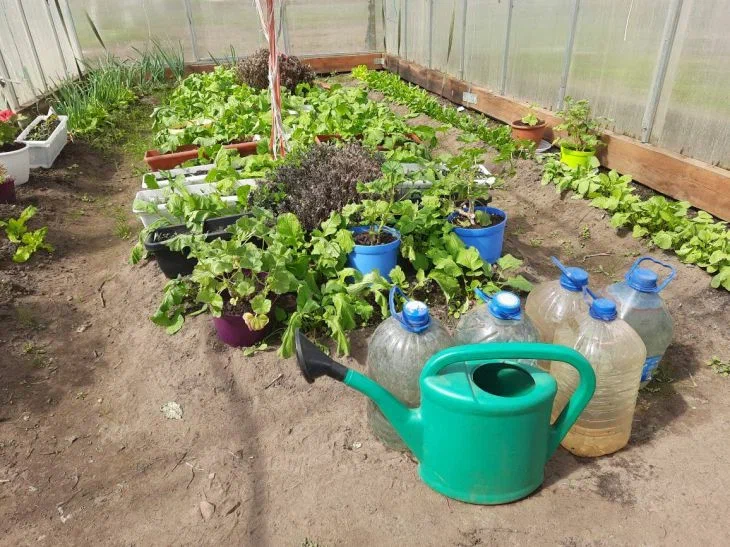Imagine that your beds are a silent theater, where every sprout plays a leading role, but the script has long been crying out for fresh ideas.
You may have been digging, watering and waiting for years, but the harvest remains modest, as if hiding from admiring applause.
What if all this time you've been missing the little things that can turn a routine into magic? Here are some unconventional tricks that will make your neighbors peer over the fence and ask, "How?"

The first secret is music for tomatoes. Yes, it sounds like a joke, but plants really do respond to vibrations.
Classical music or even the quiet hum of speakers at low volume can stimulate growth. Roots sense the rhythm, leaves reach for the sound as if it were the sun.
You don't have to put Mozart on repeat - a background radio station will do. The main thing is to avoid hard rock: experiments have shown that plants don't like harsh sounds.
The second trick is banana peels instead of chemical fertilizers. Bury them at the roots of roses, peppers or eggplants. Potassium, magnesium and phosphorus are gradually released, nourishing the soil better than store-bought powders.
The peel also repels aphids - the pests hate its smell. Just remember to remove the stickers from the fruit, otherwise a piece of plastic will remain in the ground.
The third life hack is ice watering in hot weather. Freeze water in plastic bottles and bury them upside down next to the plants. The ice will melt slowly, cooling the roots and providing moisture exactly where it is needed.
This is especially true for cucumbers and zucchini, which suffer from overheating in the heat. Plus, this method saves time: you don’t have to run around with a watering can three times a day.
The fourth point is drawing on the ground. Yes, with a regular stick. Before planting, draw lines, spirals or zigzags on the bed. This is not a tribute to aesthetics, but a trick for moisture control.
The grooves hold water after rain, directing it to the roots rather than letting it run off to the side. Plus, it's easier to remember where things are planted — especially if you like to change the layout every season.
The fifth piece of advice is dandelion allies. Don't rush to weed them all out. A couple of yellow "suns" on the edge of the bed will attract bees, increasing the pollination of vegetables. And dandelion infusion is a natural insecticide.
Pour boiling water over the leaves and roots, let it sit for a day, strain it, and spray the cabbage against caterpillars. Just don't overdo it: dandelions like to take over territory.
Trick number six: mirrors against shadows. If the area is partially hidden from the sun, place old mirror tiles or foil on the boards so that the light is reflected onto the beds.
Tomatoes and peppers that receive an extra portion of rays will ripen faster. The main thing is not to create a lens effect, otherwise instead of help you will get burns on the leaves.
The seventh method is baby wipes to help seedlings. Wipe the leaves with them once a week: this will remove dust that interferes with photosynthesis and protect against spider mites.
Alcohol- and fragrance-free wipes act as a gentle shower for plants that are too tender for a hose spray.
These methods may seem a bit crazy, but nature loves experiments. Try implementing at least two of them and you will notice the results before the season is over.
Your garden is not a vegetable factory, but a living organism where a creative approach is important.
Sometimes it is enough to dilute the watering schedule by playing the harmonica near the greenhouse or give the carrots a portion of banana “dessert” - and autumn will surprise you with its generosity.
After all, if the neighbors start asking for secrets, you can always smile and say, "It's the magic of the land. And a little bit of madness."
